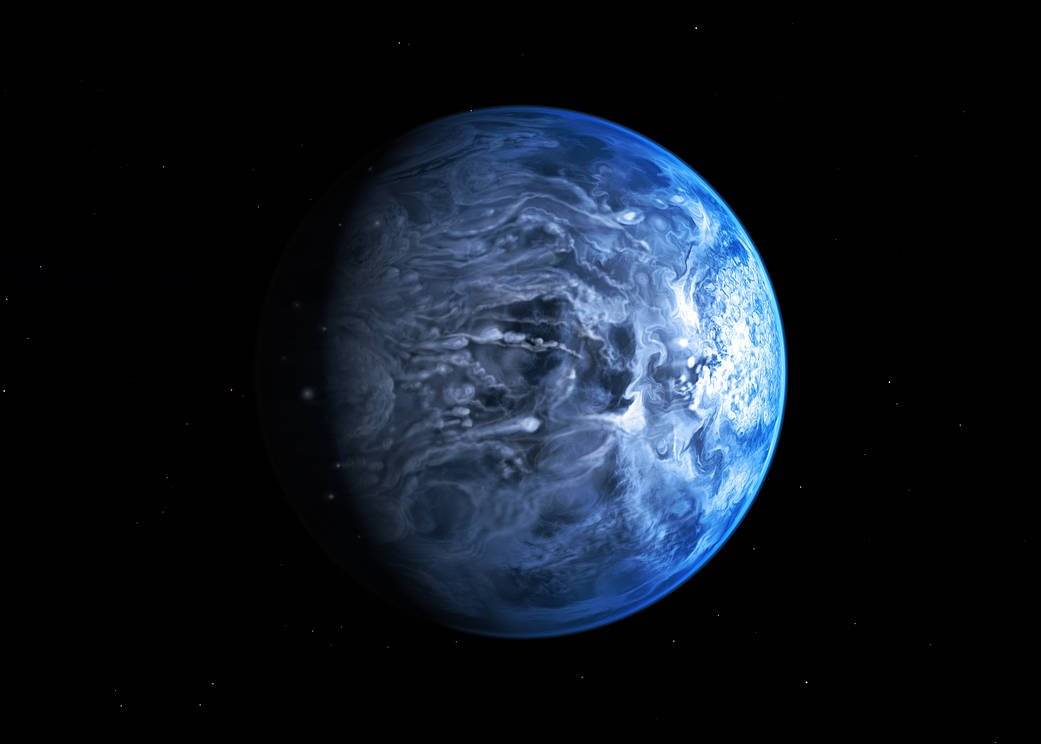So, I had this school project that required me to browse more about planets — like how many days it takes Mercury to complete one rotation, how far it is from Earth, and if it’s the hottest planet. Of course, I typed "the solar system" into Google because, well, there’s no way I’m reading a book when the internet’s right there. During my research, I came across "exoplanets." Curious, I clicked, and guess what I discovered? There's a whole new world outside of our solar system, many of which are still being discovered. So, what exactly is an exoplanet?
An exoplanet (short for extrasolar planet) is a planet that orbits a star outside our solar system. Just like Earth orbits the sun, exoplanets orbit their own stars. Did you know there are about 5,600 exoplanets out there? That's like a whole new collection of solar systems outside our own — huge, right? Now, I’m going to keep it plain and simple.
Let’s take a quick look at the different types of exoplanets. You can browse the internet for more information, but here’s what NASA says about them:
1. Terrestrial Exoplanets (Rocky Planets)
These are Earth-like planets with solid surfaces made of rock and metal. They have similarities to Mercury, Venus, Earth, and Mars in our solar system. Example: Kepler-22b
2. Gas Giants
These huge planets are made mostly of gas, like hydrogen and helium, with no solid surface. They are much larger than Earth and have thick atmospheres. Example: WASP-12b — A gas giant that is so close to its star that it’s being consumed by the heat!
3. Ice Giants
Similar to gas giants, but colder and made primarily of ices like water, methane, and ammonia. Think Neptune and Uranus in our solar system. Example: HAT-P-11b
4. Super-Earths
These planets are larger than Earth but smaller than gas giants and ice giants. Many of these planets are found in the habitable zone, meaning liquid water could potentially exist. Example: Kepler-452b — An Earth-like planet, often called Earth's "cousin" because of its size and orbit around a star like our Sun.
5. Hot Jupiters
This subclass of gas giants is classified on its own. Hot Jupiters are extremely close to their stars, which makes them very hot. Example: HD 189733b
Now, when I was skimming through the internet, a particular one caught my eye — none other than our hot Jupiter friend, HD 189733b.
So, I navigated to Wikipedia and found out that "HD 189733 b is an exoplanet in the constellation of Vulpecula, approximately 64.5 light-years (19.8 parsecs) away from the Solar System." I was like, hold up — what's "Vulpecula"?
After some quick research, I broke down the meaning for myself: Vulpecula is the name of a constellation — a small group of stars in the night sky. The name "Vulpecula" means “little fox†in Latin.
So when we say that HD 189733b is in the constellation Vulpecula, it just means: If you looked up at the night sky with a powerful telescope, that planet would be located in the same direction as the stars that make up the "little fox" constellation. It’s like its cosmic neighborhood.
Here’s a quick summary: HD 189733b is a massive planet outside our solar system, and it's super far from Earth — about 64.5 light-years away (yeah, that’s really far). It’s located in the constellation Vulpecula, which means "little fox" in Latin. That just means if you looked into the night sky, you’d find this planet in the same direction as the stars that form the "little fox" shape.
Scientists in France discovered HD 189733b in 2005 by watching it pass in front of its star, like a bug crawling across a flashlight. The planet is a Hot Jupiter, which means it’s a big gas planet, kind of like Jupiter, but way hotter because it orbits super close to its star.
It’s slightly bigger than Jupiter, takes only 2.2 days to orbit its star, and moves incredibly fast — about 340,000 miles per hour! But because of the intense heat and wild weather (like sideways glass rain!), it’s not a place you’d want to visit — no aliens likely living there.
Yeah, no aliens here, and humans probably wouldn’t want to go either. Why? Well, on this planet, rain is molten glass (silica), and it falls sideways. Imagine rain that could slice you? Nah, I’m assuming aliens don't want to be a piece of cake — just like humans wouldn't either, assuming anyone could even survive stepping foot there. It's incredibly hot, with temperatures reaching 1,000°C (1,832°F). For reference, the hottest temperature that water can reach is 100°C, and if water pours on your skin, it burns. HD 189733b is 10 times hotter than hot water!
The winds on HD 189733b are also incredibly fast, reaching speeds of up to 8,700 kilometers per hour (5,400 miles per hour)!
Want to dive deeper into HD 189733b?
Check out these videos from NASA and Cosmo Knowledge for more amazing details:


